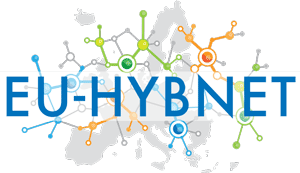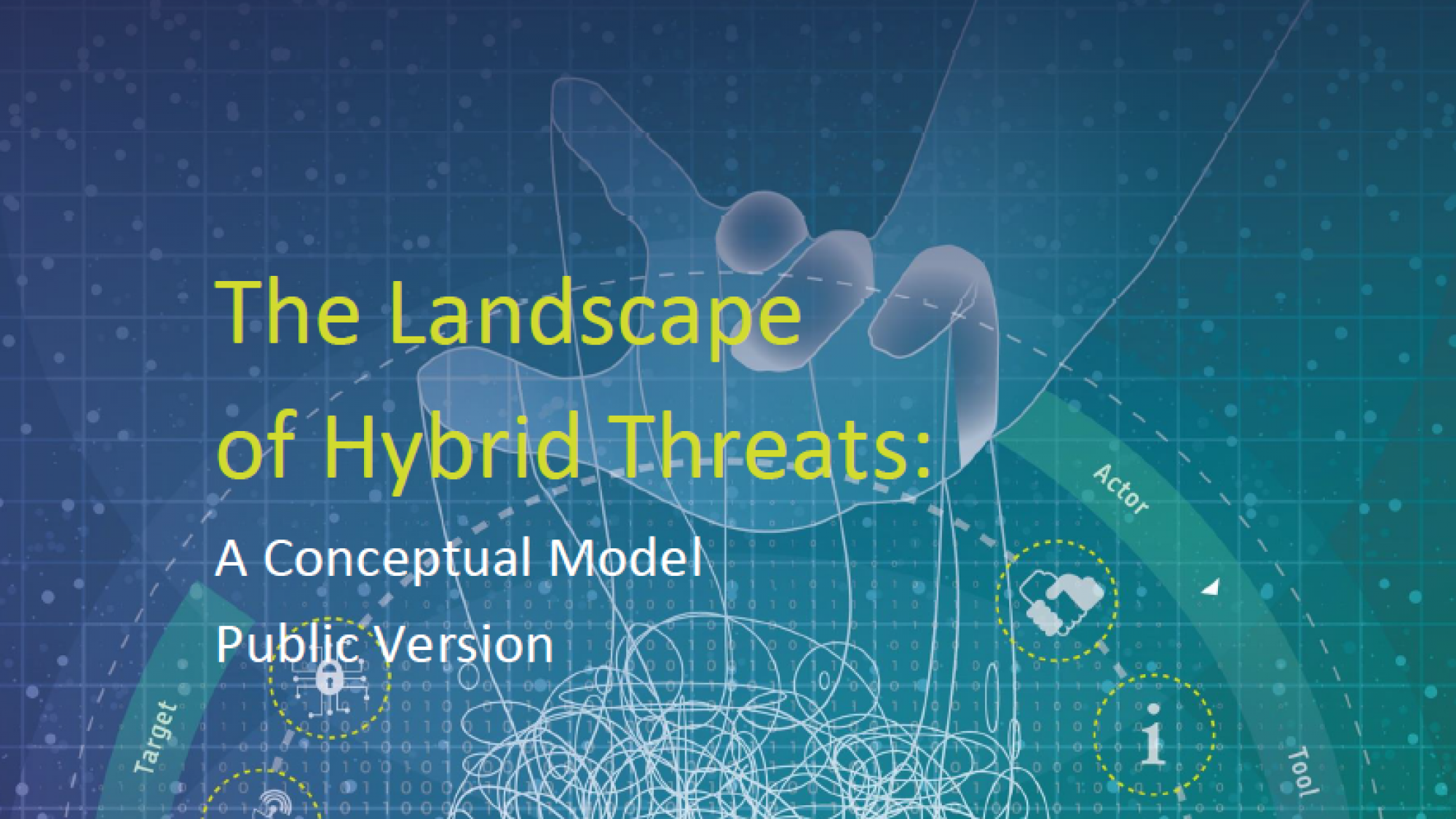The events of 2020 have reminded us to always be prepared for the unthinkable, and that, in times of crisis, science and robust evidence must be at the heart of the decisions we take to protect citizens’ lives and livelihoods.
The Landscape of Hybrid Threats
Foreword by Commissioner Mariya Gabriel
The European Commission, by means of its Joint Research Centre of the European Commission (JRC) and the European Centre of Excellence for Countering Hybrid Threats (Hybrid CoE) in Helsinki have joined forces to develop a conceptual model for characterizing Hybrid Threats accompanied by a framework for analysis.
The proposed conceptual model’s analytical framework is developed around four main pillars:
- Actors (and their strategic objectives)
- Domains
- Tools
- Phases.
This structure enables us to grasp the time variable of Hybrid Threats and identify the way in which an actor can employ a series of tools to affect the targeted country in order to achieve a series of objectives.
The proposed framework is not the mere listing of the above-mentioned pillars, but aims at identifying the links between them as well as providing a flexible framework, a blueprint, that can be adapted to the needs of each EU and NATO member state.
The proposed conceptual model’s analytical framework is validated against a number of real case studies in order to assess its validity and its analytical value. Although it would be convenient to establish the analytical framework on the basis of past experience, we refrained from doing so in order to deliver a concept for Hybrid Threats and analytical framework that is future-proof, handles the test of time and that describes the concept of Hybrid Threats against the background of current security environment dynamics, while taking into consideration the evolving nature of the threat.
In particular, the conceptual model puts much emphasis on actors. It aims at understanding their drivers by studying their motives, doctrines, open source intelligence and literature, which duly provide pieces of evidence for their objectives and strategic culture. A deep understanding of actors’ objectives is an excellent proxy for forecasting possible future activities. The conceptual model focuses on state and non-state actors and the case studies demonstrate the diversified nature of their activities and modii operandi.

